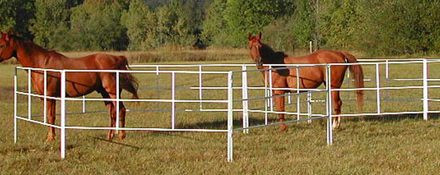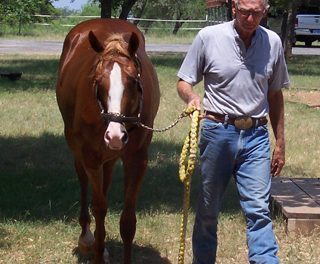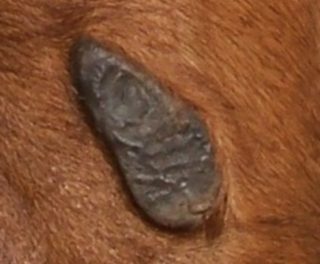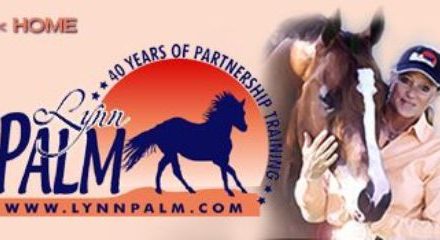A Horse, Of Course
In the world of horses, thrush is not a songbird. It’s a dirty bird.
Thrush is an unhealthy condition of the hoof which is most frequently blamed on a dirty stall. It ought to be blamed on conformation and poor hoof management.
While it is true unsanitary conditions can be a cause of thrush, lack of exercise, configuration of the hoof and improper or inadequate trimming of the wall, sole and frog is more likely responsible.
Horses kept primarily in stalls or restricted turnout areas suffer from thrush more frequently than horses in large pastures. Movement stimulates blood flow through the horse’s legs, which helps maintains a healthy hoof.
Movement also helps the hooves “self-clean”.
The structure of the hoof will also play a part in the odds of a horse acquiring thrush. Hooves with deep crevices (the collateral grove along the frog and the central sulcus) retain moisture and dirt, resulting in areas that can grow bacteria. Upright heels also result in the frog being more recessed – allowing more area for dirt, manure and foreign material to accumulate. A balanced hoof is a healthy hoof.
I’ve mentioned in previous articles that the farrier should not cut away the healthy sole or frog, and that is true. But the sole and frog produce excessive growth after they reach a thickness sufficient to protect the foot. This dead matter must be removed by the farrier so the living sole and frog are clean.
One of the first signs a horse may have thrush is an offensive odor. In severe ases the smell is accompanied by a dark, fluid similar to dirty crankcase oil. If an offensive odor is noticed, it’s a pretty good sign additional hoof care is needed.
In mild cases, thrush rarely caused lameness, and is relatively easy to treat. However, in severe cases, the infection can penetrate deeper into the hoof compromising the digital cushion. The horse is lame, and pressure on the frog and bulbs of the hoof results in pain. If thrush is suspected, even if the horse is not lame, a veterinarian should be consulted as deep tissue involvement must be ruled out.
If thrush is develops, the infected portions should be trimmed away and the area cleaned. Full strength chlorine bleach can then be poured into the crevices, making sure the bleach does not come in contact with the heel, coronet band or skin. Chlorine bleach is a drying agent and should only be used full strength during the initial treatment. Tamed iodine may also be used, in addition to many commercial antibacterial thrush products on the market.
On-going treatment would be to keep the feet clean and dry. Daily treatment may include the application of a poultice bandage, or using an antiseptic solution foot bath. Commercial hoof boots should be avoided as they may restrict drying, resulting in a slow healing process. Many horse owners have found the use of diapers to treat thrush and protect the recovering hoof as an excellent aid.
To hasten healing, and prevent future thrush episodes, management procedures need to be addressed. Good, consistent exercise keeps the foot healthy. Stalls, corrals, paddocks should be cleaned frequently. A proactive trimming or shoeing schedule needs to be implemented, which includes not going over six weeks between farrier visits and keeping the hoof in balance. I prefer to have the horse trimmed or shod every 30 days.
Without thrush, your horse will sing a happy song.
Visit www.horsecoursesonline.com to earn certification as a horse trainer, riding instructor or stable manager, or work toward a Bachelor of Science degree in Equine Studies. All courses online.





